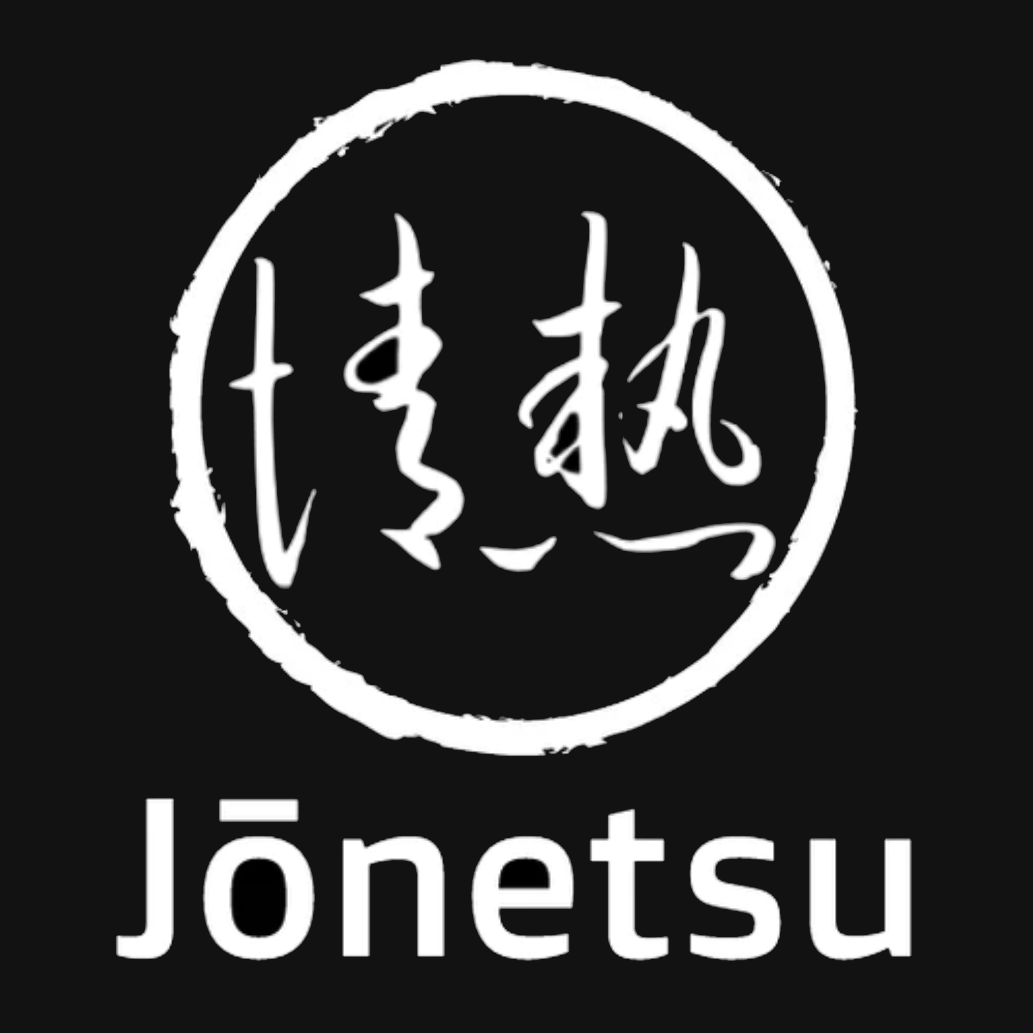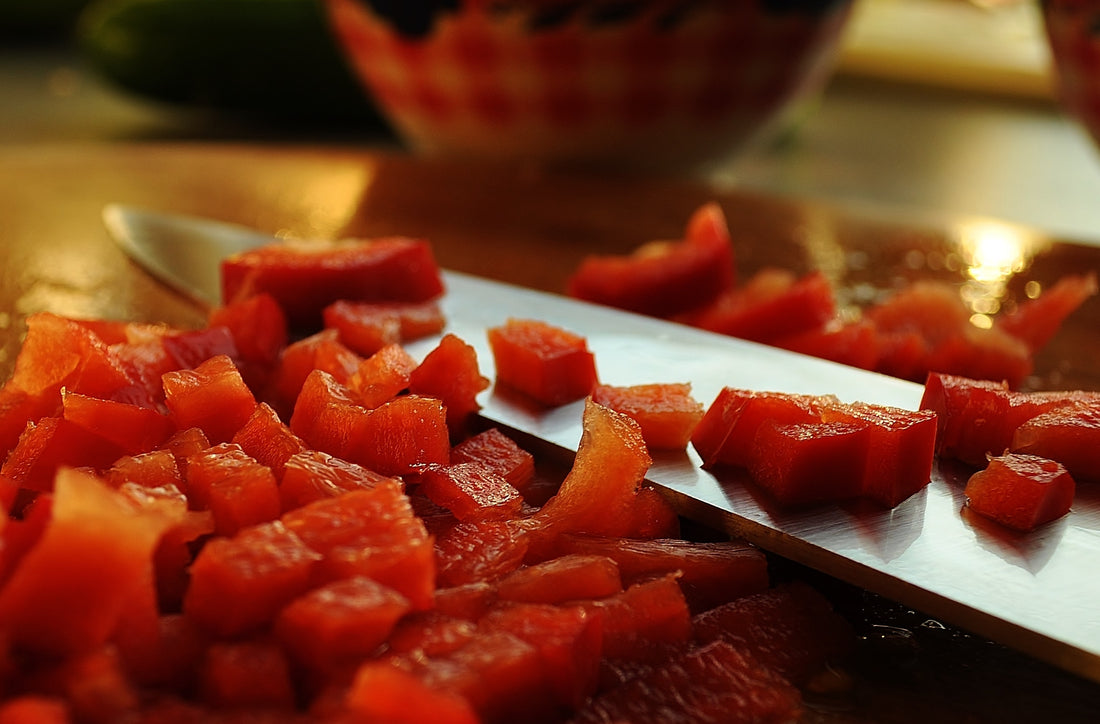Introduction
Japanese kitchen knives hold a special place in the hearts of chefs the world over; beautiful and elegant yet sharp and long lasting, they are amongst the most beloved cutlery in any kitchen.
However, Japanese kitchen knives are as diverse as they are excellent, and it can be a bit daunting to try and figure out which ones are the perfect fit for your kitchen. In this article we will walk through the step by step process we use to help our customers choose the pieces that are best suited for their unique situations, and hopefully it can help you navigate the world of Japanese culinary knives.
It is a Tool, not a Display Piece
When it comes to finding the ideal Japanese cutlery knife, there's no one-size-fits-all solution, and people often default to the age old assumption that price = quality, and marketing = worth. As such, many brands opt to splash big on marketing in order to charge obscene prices. A quick Google search will bring up shops selling knives for $200, $300, even $500 per piece, charging buyers 2 - 4 times markups on their cost of production or import.
Our opinion is simple: you are buying a knife first, and a luxury second. Yes Japanese kitchen knives are amongst the best in the culinary world, and they are certainly gorgeous to behold, but if you splash out $250 on an Aliexpress knockoff that sacrifices functionality for visual appeal, then you just bought an over priced piece of decoration, not a quality kitchen knife.
What is Your Cooking Style?
Before you make a decision, it's crucial to think about what your knife will be doing for you. If your cooking often involves a lot of chopping and dicing, then a Kenmuki (剣ムキ) designed for chopping will serve you much better than a Yanagiba (柳刃), whose long thin blades would prove more troublesome than its worth.
If you are an adventurous chef who loves cooking widely different types of cuisine, then a set of Japanese knives to meet every occasion would be the ideal solution. However, such a purchase could be financially infeasible for some folks, in which case we recommend being smart and buying two or three knives, making sure each of them has multiple functionalities. The Mioroshi (身卸) is a great example, whose blade incorporates the curved edge of the Deba (出刃) but with the length of a sashimi blade, making it well suited to rock chopping, fish cleaning, and slicing.

A Quick Guide to Selecting the Ideal Knife
Alright, now that we have talked about the basics, let’s get into the details. What specific factors should you be looking for when choosing a Japanese kitchen knife? Here is our list of top things to consider:
1. Grip
How do you like to grip your knife? Some people hold only the handle to maximize force, while some prefer to hold the foot of the blade with their thumb and index finger for more dexterity. All Jõnetsu knives are made with Japanese wood handles, so it’s sure to feel lovely in your hands, but how wide should the blade be from bevel to spine? If you like to hold the blade along with the handle, more width would likely feel more comfortable to you. How thick should the blade be? If you only grip the handle, then a thick blade may only add unnecessary bulk.
Think about how you like to grip your knife, and it will help inform the type of Japanese kitchen knife that best fits your style.
2. Weight
Do you like the heavy feel of metal in your hands, or do you prefer a lighter weight piece? We believe that both heavy and lighter knives are both essential in the kitchen; you do not want to try chopping through cartilage with a paring knife, nor would you want to turn your delicate slicing motions into a weight lifting session.
If you have only used lightweight knives before, consider giving heavy blades a try, and you might just end up enjoying the feel of substance and weight that only high quality steel can provide.
3. Length
Is the blade excessively long or too short for your liking? Once again, this primarily depends on how you will use the knife, and how you like to hold them. Typically longer blades are more suited for slicing ingredients, as the added length allows you to draw your knife through in one motion, avoiding any sawing movements that will add roughage to the surface of your slice.
4. Material
We at Jõnetsu are firm believers in high carbon steel, partly because that’s what our craftsmen have been working with for generations and we are not stupid enough to challenge gentlemen wielding red hot steel, and partly because it is genuinely the best material for Japanese kitchen knives. High carbon steel blades holds their edge longer after each sharpening, and their superior strength means they suffer far fewer micro-cracks (or major cracks for the more clumsy chefs) compared to stainless steel.

There is a myth that damascus steel makes the best kitchen knife. While our forge master Touji san has been asking (threatening) us to write up a separate article to fully debunk that myth, the short version is that damascus steel was a lost ancient technique for high carbon content steel forging which have only recently been recreated by material science researchers. Damascus steel is currently not commercially produced and remains the realm of academic research. Unfortunately, because so little is known about this type of steel, it has become an opportunity for unscrupulous businesses to cash in on unaware buyers.
Almost all these blades are mass manufactured in Chinese factories, on the same assembly lines producing the knives sold at Walmart or Krogers. The only difference is that you will be paying for a 1,000%+ markup.
5. Craftsmanship
Do you trust the craftsmanship of the knife? Keep in mind that cheaper blades are often mass-produced in China, whereas most Japanese chef's knives are meticulously hand-forged, emphasizing quality and precision.
Check out our How It’s Made page to see the step by step process of how our incredible artisans craft each Jõnetsu knife we offer to you.
6. Overall Aesthetics
We know we emphasized “function over form” in the very beginning of this article, but let’s be honest: handcrafted Japanese kitchen knives are gorgeous. While aesthetics alone won't enhance your knife skills, it doesn't hurt to pick a piece that you will not only enjoy using but also stare at over and over again.
Maintenance Is Key
We talked a lot about how to pick the knife you want to use, but a critical factor most people don’t think about is how you will maintain it after your purchase?
Investing in a high quality Japanese kitchen knife is like entering into a long term relationship; treat it with care and it will amaze you for a long time to come. How comfortable are you using a whetstone to sharpen a blade? If that’s a skill you are still developing, avoid a single bevel knife as they can not be sharpened using pull through knife sharpeners.
How to Care for Your Knife
Proper knife care is essential for preserving its lifespan:
1. Use a Ceramic Rod
Periodically, use a ceramic rod to align the edge of the blade. Simply slice downwards on both sides of the knife about ten times to "bend" the edge back (for double-bevel blades). Unlike traditional honing rods, ceramic rods have much smoother surfaces, making it better suited for the finer edges of Japanese kitchen knives.
2. Hand Wash if Possible
High carbon steel is incredibly durable, but that does not mean it’s a good idea to subject it to damaging environments needlessly. Throwing a Japanese knife into the dishwasher runs the risk of it smashing into other silverware and dishes, dulling the edge over time.
If you are rushed for time, a few wash cycles is not going to ruin your knife, but if time permits and you are not too tired, we recommend a hand wash for our knives over the machine any day.
3. Choose the Right Cutting Surface
If you ever wanted to make our artisans cry, send us a video of you chopping onions with a Jõnetsu knife on a glass cutting board. 70 year old knife makers aren’t afraid of many things, but glass cutting boards are definitely a recurring nightmare.
Our recommendation is a good, reliable wood chopping board. Silicon and plastic are soft enough to preserve the edge of a Japanese kitchen knife, but it’s not a great idea to risk eating tiny pieces of plastic with your risotto or fish filet. A good hot water scrub with dish soap is a great way to kill off germs and bacterias if you cook with a lot of raw fish and meats.
Conclusion
Selecting the perfect Japanese culinary knife is highly dependent on your style of cooking and how you handle your food. While it would be unpractical and irresponsible for us to recommend one knife to everyone, we hope this article was able to provide a roadmap for how you should make that decision in concert with your preferences, cooking style, and comfort.
With proper care and maintenance, your Japanese kitchen knife can become not just a kitchen tool but an extension of your culinary passion, making your cooking experience more enjoyable, and allowing you to challenge more interesting cuisines previously unavailable to you.
So, go ahead, pick up a Japanese kitchen knife that speaks to you, and let yourself fall in love!

